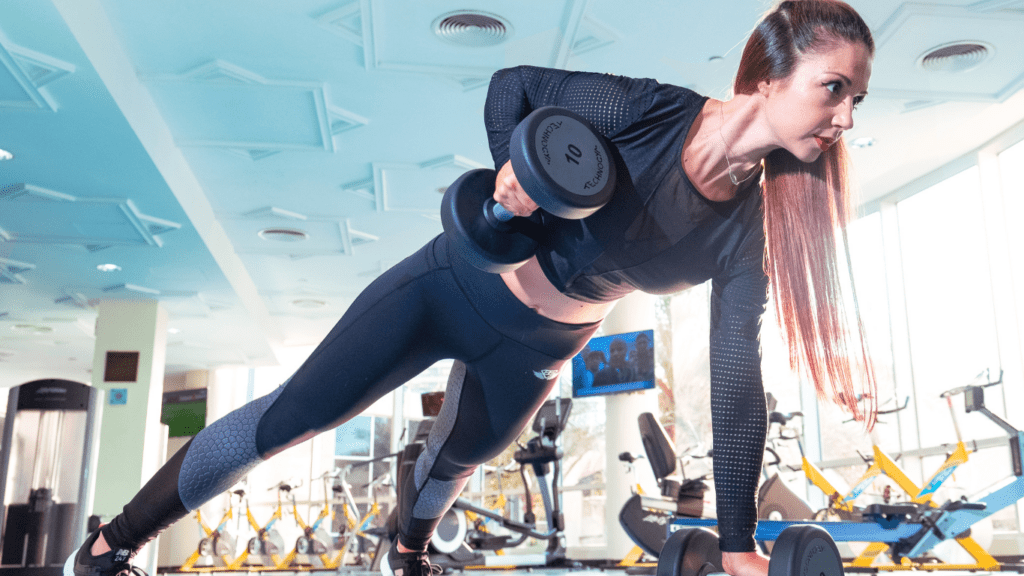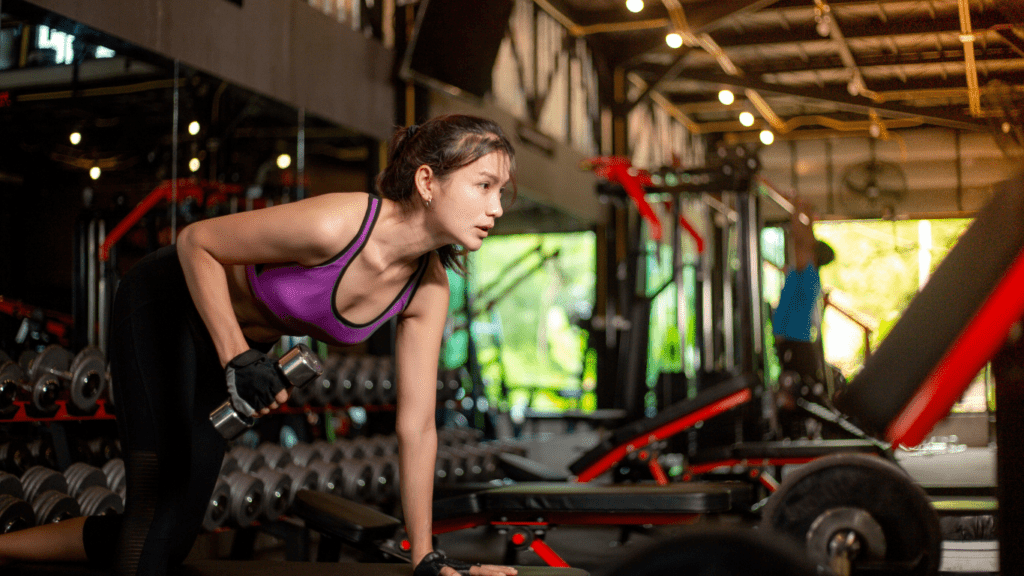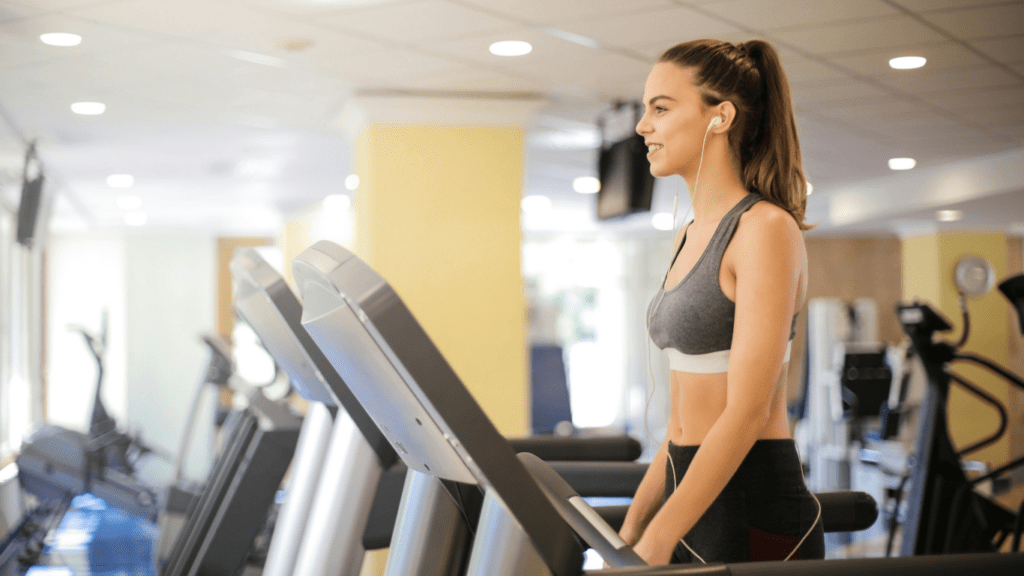When it comes to fitness, I’ve found that focusing on movements rather than just muscles can make all the difference. Functional fitness emphasizes exercises that mimic everyday activities, helping us build strength and flexibility for real-life challenges. It’s not just about lifting weights; it’s about enhancing our overall quality of life.
In today’s fast-paced world, training for functionality can lead to better performance in sports, reduced risk of injury, and improved mobility as we age. By prioritizing movement patterns, I’ve noticed a significant boost in my overall fitness and well-being.
Let’s dive into the world of functional fitness and explore how it can transform our approach to training.
Understanding Functional Fitness
Functional fitness emphasizes training movements that mimic everyday activities. This approach targets multiple muscle groups, enhancing overall performance and mobility.
Definition and Principles
Functional fitness focuses on exercises that improve daily functionality. This training method incorporates natural movements, such as squatting, lifting, pushing, and pulling. Key principles include:
- Integration: Combining multiple muscle groups during workouts.
- Balance: Enhancing stability through core engagement and controlled movements.
- Mobility: Promoting flexibility and range of motion for better overall movement.
- Real-life application: Designing exercises that closely resemble tasks performed in daily life.
These principles create a foundation that supports daily activities, making tasks easier and more efficient.
Importance in Daily Life
Functional fitness improves my ability to perform everyday tasks. Several aspects highlight its significance:
- Enhanced strength: Functional exercises build strength that translates directly to daily activities, like carrying groceries.
- Reduced injury risk: By training movements, I strengthen stabilizing muscles and improve joint function, reducing the risk of injury.
- Increased endurance: Functional workouts boost stamina, making long days at work or play less exhausting.
- Better coordination: Training multiple body parts simultaneously enhances overall body coordination, which is crucial for various activities.
Overall, functional fitness equips me to navigate daily challenges with ease and confidence.
Key Movements in Functional Fitness
Functional fitness centers on key movements that enhance everyday activities. These movements engage multiple muscle groups, promote balance, and develop strength necessary for real-life applications.
Pushing Movements
Pushing movements involve techniques that strengthen the upper body while simulating tasks like pushing doors or lifting items overhead. Examples include:
- Push-ups: These target the chest, shoulders, and triceps, building upper body strength through bodyweight resistance.
- Bench Press: This movement involves lifting weights while lying on a bench, enhancing strength and stability.
- Shoulder Press: Lifting weights above the head strengthens the shoulders and engages the core.
Pulling Movements
Pulling movements emphasize back strength and mobility, replicating actions such as pulling up heavy objects or navigating obstacles. Examples include:
- Pull-ups: This bodyweight exercise targets the back, arms, and shoulders, improving overall upper body strength.
- Bent-over Rows: Involving the use of weights, this movement strengthens the back and develops grip strength.
- Lat Pull-downs: This exercise targets the lat muscles, contributing to better posture and back health.
Squatting and Lifting
Squatting and lifting movements create a foundation for overall strength and functional mobility. These exercises mimic everyday actions like sitting down or lifting groceries. Examples include:
- Bodyweight Squats: These enhance lower body strength, focusing on quads, hamstrings, and glutes.
- Deadlifts: This full-body movement reinforces proper lifting techniques, targeting multiple muscle groups and reducing injury risk.
- Goblet Squats: Holding a weight while squatting improves balance and strengthens the lower body, promoting coordination and power.
Incorporating these key movements into my training routine fosters a functional fitness approach. It builds the strength, stability, and endurance essential for everyday life.
Training Approaches to Functional Fitness
Functional fitness incorporates various training approaches to enhance everyday movements. Below are key methods that effectively promote functional capabilities.
Bodyweight Exercises
Bodyweight exercises use an individual’s weight to build strength and stability, making them ideal for functional fitness. Common exercises include:
- Push-ups: Strengthen the chest, shoulders, and triceps, crucial for pushing movements.
- Pull-ups: Develop back and arm strength for pulling actions.
- Squats: Enhance lower body strength for everyday tasks like sitting and lifting.
- Planks: Improve core stability, supporting overall movement efficiency.
Incorporating these movements into a routine improves balance, coordination, and overall body awareness. Bodyweight exercises require no equipment, allowing flexibility for home workouts or outdoor settings.
Resistance Training
Resistance training focuses on using external weights to target multiple muscle groups simultaneously. Key exercises include:
- Deadlifts: Strengthen the posterior chain, crucial for bending and lifting tasks.
- Kettlebell swings: Combine strength and cardiovascular training, mimicking everyday dynamic movements.
- Dumbbell rows: Enhance upper body pulling strength, useful for various daily tasks.
- Medicine ball throws: Improve explosive power, aiding in functional movements.
This training approach emphasizes proper form and varied rep ranges. It significantly enhances muscle endurance and fortifies stabilizing muscles, reducing injury risks during daily activities.
Incorporating Cardiovascular Workouts
Incorporating cardiovascular workouts improves overall fitness and stamina vital for daily functioning. Effective cardiovascular activities include:
- Running or brisk walking: Builds stamina and endurance for prolonged activities.
- Cycling: Engages lower body muscles while enhancing aerobic capacity.
- High-Intensity Interval Training (HIIT): Combines short bursts of intense activity with rest, maximizing time efficiency and improving functional strength.
Integrating cardio into a functional fitness routine promotes heart health and increases energy levels, making daily tasks feel less taxing.
Benefits of Functional Fitness
Functional fitness offers diverse benefits that enhance overall health and well-being. This approach improves everyday movements, leading to a more active and fulfilling lifestyle.
Improved Mobility and Flexibility
Incorporating functional fitness enhances mobility and flexibility. Movements, such as lunges and dynamic stretches, engage multiple joints and muscles, improving range of motion. Regular practice of these exercises helps me maneuver more easily through daily tasks, promoting better posture and reducing stiffness.
Enhanced flexibility also aids in recovery, allowing me to bounce back from physical activities quicker.
Enhanced Strength and Endurance
Functional fitness boosts strength and endurance by utilizing compound movements. Exercises like squats and deadlifts target large muscle groups, fostering greater overall strength relevant to daily activities.
I notice increased stamina during tasks that require sustained effort, such as carrying groceries or climbing stairs. This improved endurance translates to enhanced performance in sports and recreational activities, making my workouts feel less taxing.
Injury Prevention
Functional fitness plays a significant role in injury prevention by emphasizing stability and balance. Training movements that mimic real-life activities strengthen stabilizing muscles and improve coordination.
I experience a reduced risk of injuries, particularly in the joints and back, due to the engagement of multiple muscle groups working synergistically. This comprehensive approach prepares my body for physical challenges, ensuring I remain active and healthy.
Challenges and Considerations
Functional fitness presents unique challenges and considerations that require attention to maximize its benefits. Understanding common misconceptions and tailoring programs to individual needs can enhance the effectiveness of this training approach.
Common Misconceptions
Many misconceptions surround functional fitness. People often equate it solely with unstructured exercises or assume it’s only for athletes. Some believe functional fitness is less effective than traditional training methods.
However, functional fitness integrates strength, stability, and mobility, making it suitable and beneficial for everyone, from beginners to seasoned athletes. Clarifying these misconceptions helps individuals appreciate the comprehensive nature of functional fitness and its application in all aspects of life.
Tailoring Programs to Individual Needs
Tailoring functional fitness programs to individual needs is crucial for success. Personal goals, fitness levels, and any existing medical conditions must guide program design. Incorporating movements that address specific functional demands ensures relevance and effectiveness.
For instance, a program may include joint stability exercises for someone recovering from an injury or more advanced movements for an experienced athlete. Continuous assessment and adjustment based on progress also play significant roles in achieving optimal results.
Personalization promotes engagement, making it easier to maintain motivation and consistency in training.




